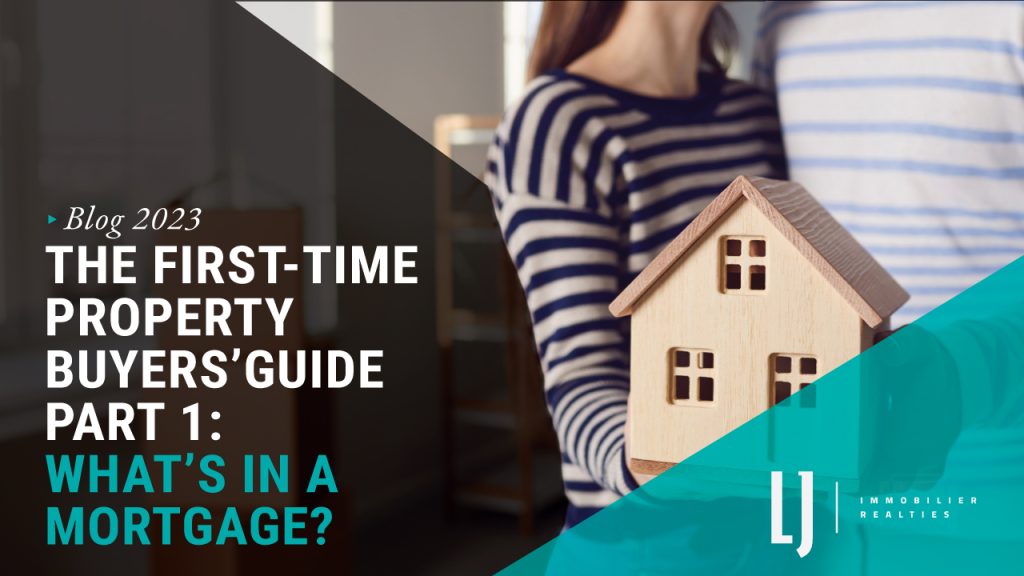
The property buying process involves tons of different steps. Today, we’ll be talking about step one: understanding the components of a mortgage.
The first component is amortization, which is how long you’re going to be paying off the loan. Generally speaking, the most common amortization is 25 years. You can get these terms in just about any situation – it doesn’t matter if you put down 5%, 10%, 20% or more.
Next, you have the option of a 30-year amortization if you put a minimum of 20% down. So if you can do that, you can extend the mortgage to 30 years.
The benefits of this is that your monthly payment is going to be lower. The downside is that because it’s amortized over a longer period of time, you’re going to pay more interest over the course of the loan.
I usually recommend that young families, couples, or anyone buying their first property go with the 30-year amortization because the monthly payments are lower. This option gets you more financially accustomed to actually owning a home, gives you wiggle room for the maintenance, and gives you a little more cash flow.
When you’re first getting started, it’s always best to have a little bit of extra money set aside to deal with any unexpected things that might come up.
Now, the second component of a mortgage is a term. That’s the period for which your mortgage terms are going to be locked in for.
The most common term is five years. You’ll sometimes have banks offer you a one year term, or two or three, or anything in between. We have seen banks go as far as a 10 year term as well.
But generally speaking, in Canada, the big banks are offering you the best rate versus term on a five-year timeline.
Interest rates are the next component. Interest rates get broken down into two different types.
We first have the fixed rate, which is when you buy a property today, and your interest rate will be locked in for that period.
In September 2022, a five-year fixed rate was about 5.19%. Interest rates go up and down every single year. The same time last year, the five-year fixed was about 1.98%.
The next type of interest rate we have is the variable rate. Now, the variable rate is interesting because it’s based on prime, which is an interest rate determined by the Bank of Canada.
A bank will typically offer you a discount on the prime rate. So they’ll give you maybe 0.45% off right now, and your effective rate would be about 5% with the most recent increase (5.45% at the time of this writing).
It really comes down to your risk tolerance. Some people are willing to go with variable because they’re okay with riding a wave up and down. They may point out that over a five-year period, historically, variable is always cheaper.
At times, you may have to hold onto your seat because especially in the last few months, it’s gone up and up. That makes people nervous.
That being said, we have a strong feeling that in the next 6 to 12 months, when rates start to come back down, the variable rate is going to be cheaper than the fixed rates will be at that time. And we’ll go back to a much more balanced interest rate market.
So those are the basic components of your mortgage! You have amortization, you have the term, and you have the interest rates. With that, you’re going to be able
to understand what the bank is offering you and how to make the best choice for yourself.
Have more questions related to mortgages and beyond? Our team has answers. Reach out and we’ll be happy to chat!





